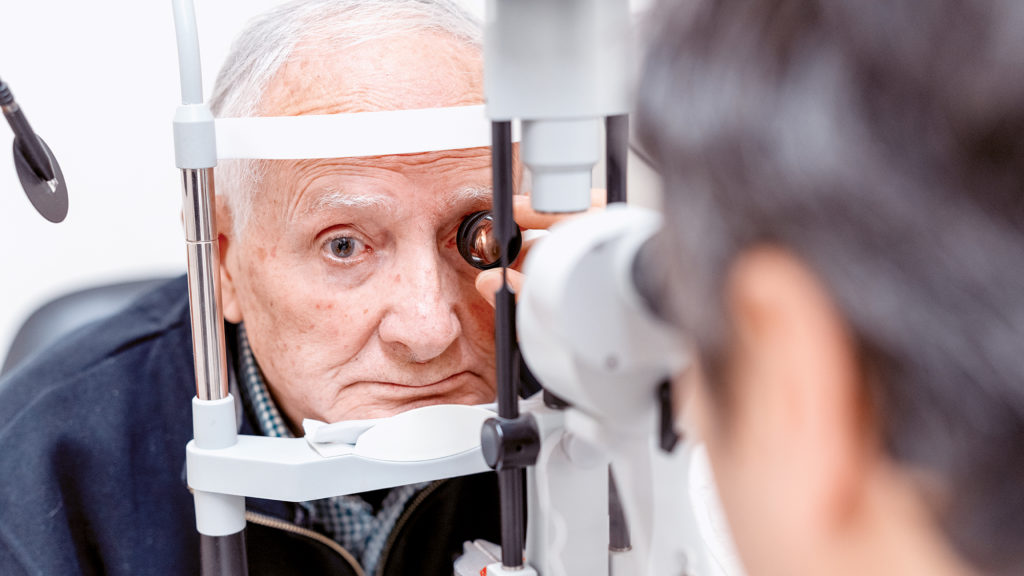
Older adults in the United States with vision impairments were less likely to have access to technology such as tablets and mobile phones compared to those without difficulty seeing, according to a new study. Such findings have telehealth implications, according to the report published Thursday in JAMA Ophthalmology on Thursday.
Data came from the National Health and Aging Trends Study (NHATS) 2021 and included 2,822 Medicare beneficiaries. The mean age of people was 78.5 years old, and 54.7% of them were women. Of the beneficiaries, 32.3% had vision impairments.
Compared to their peers without vision problems, sight-impaired older adults had 42% lower odds of having or knowing how to use a mobile phone, 39% lower odds of having or knowing how to use a computer, and 32% lower odds of knowing how to use or having a tablet.
“These findings highlight the potential for inequities that may arise in telehealth for older adults with vision impairments and the necessity to develop strategies to improve accessibility of telemedicine for all,” the authors wrote.
The authors noted that Medicare doesn’t cover the cost of eyeglasses unless a person has cataract surgery.
“Although Medicare has adapted to reimburse telehealth visits at the same rates as in-person visits, further policy change is necessary to improve vision outcomes to enable older adults to access telehealth,” the authors wrote.
The authors also said that low-vision rehabilitation services, which help optimize a person’s existing vision, could help older adults better access digital technology.
In related news, a recent study found that 43% of people used telemedicine (also known as telehealth) in 2022, even when in-person visits were available. Of them, 70% chose video visits and 30% had audio-only, or phone, visits with their doctors. Video visits were less likely among older adults and people without internet access, the data showed.



